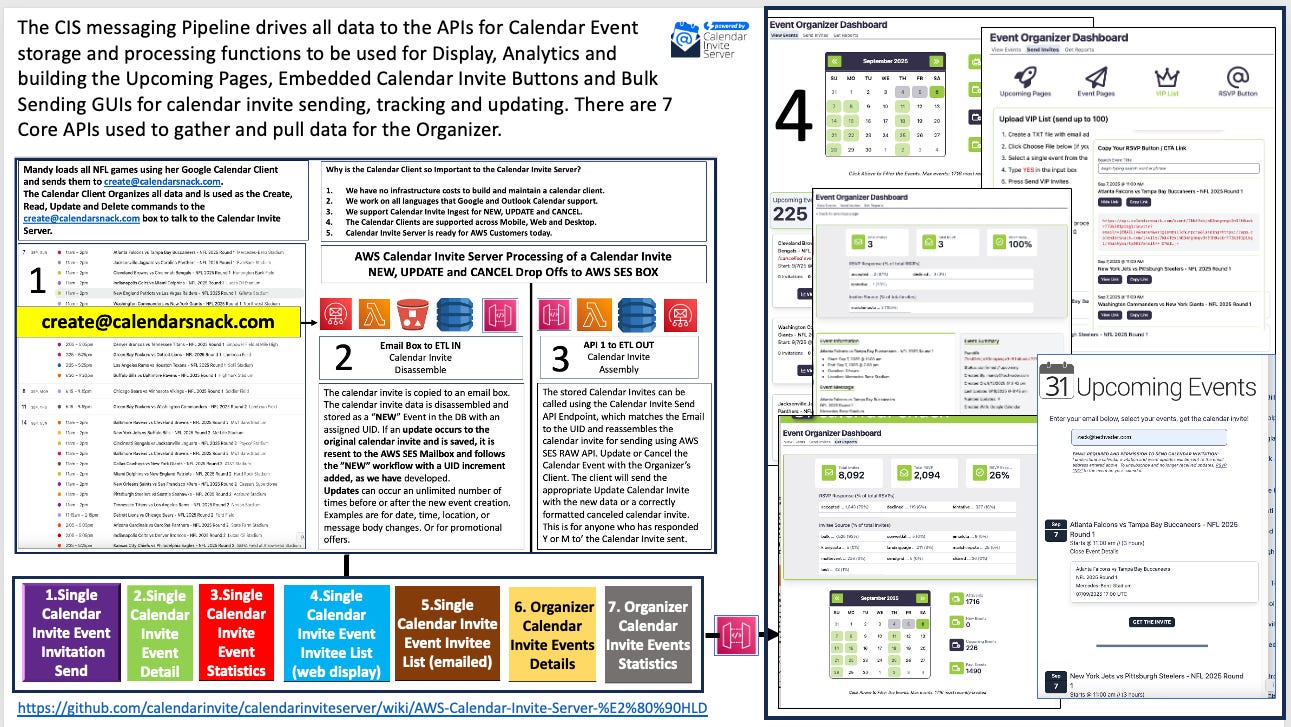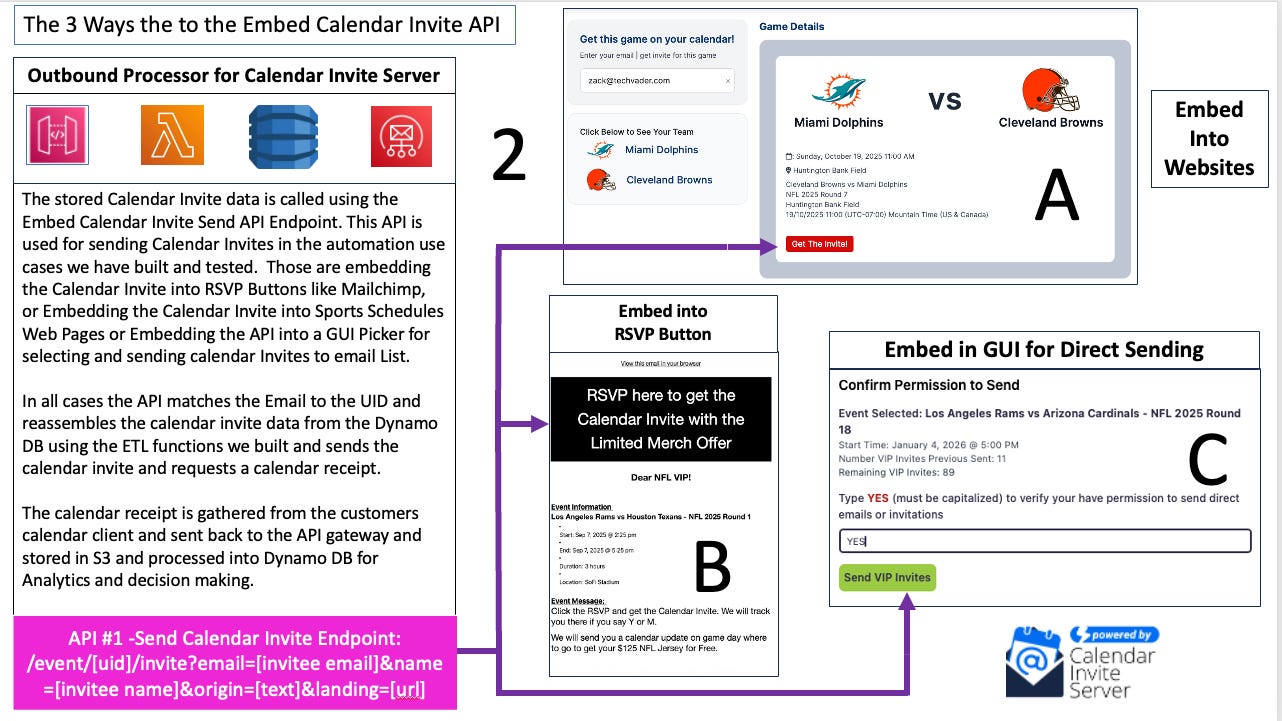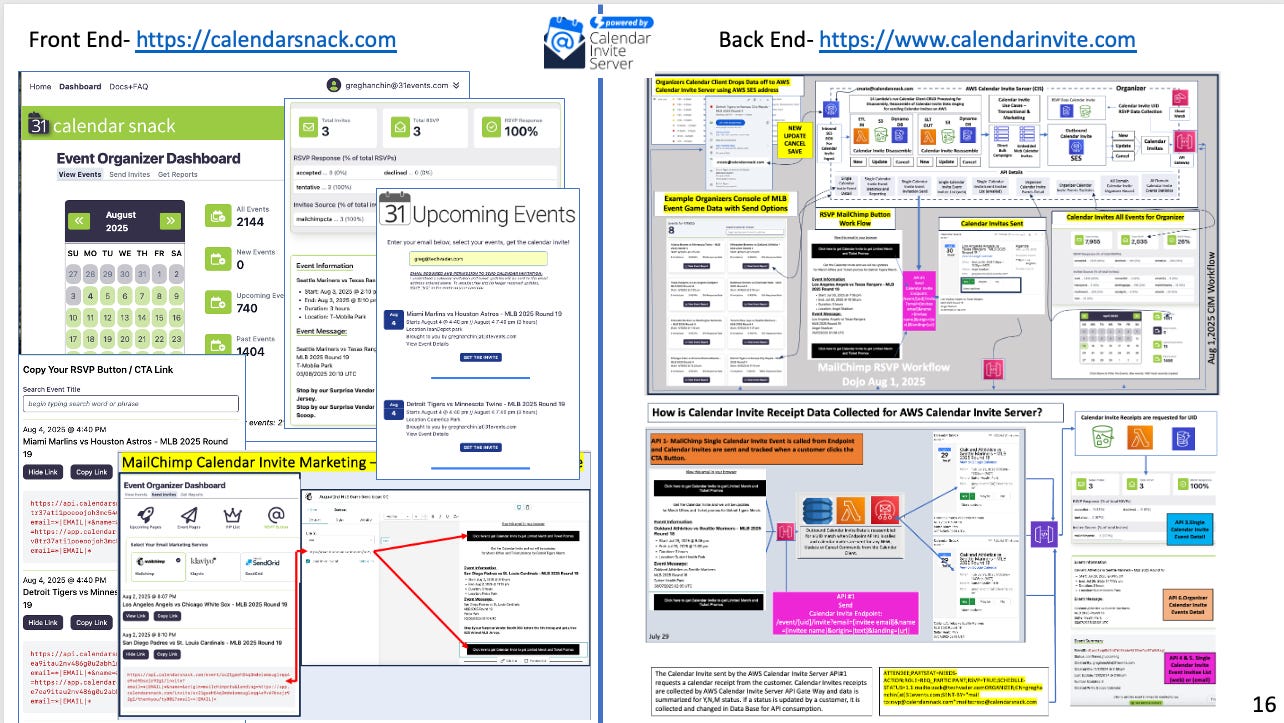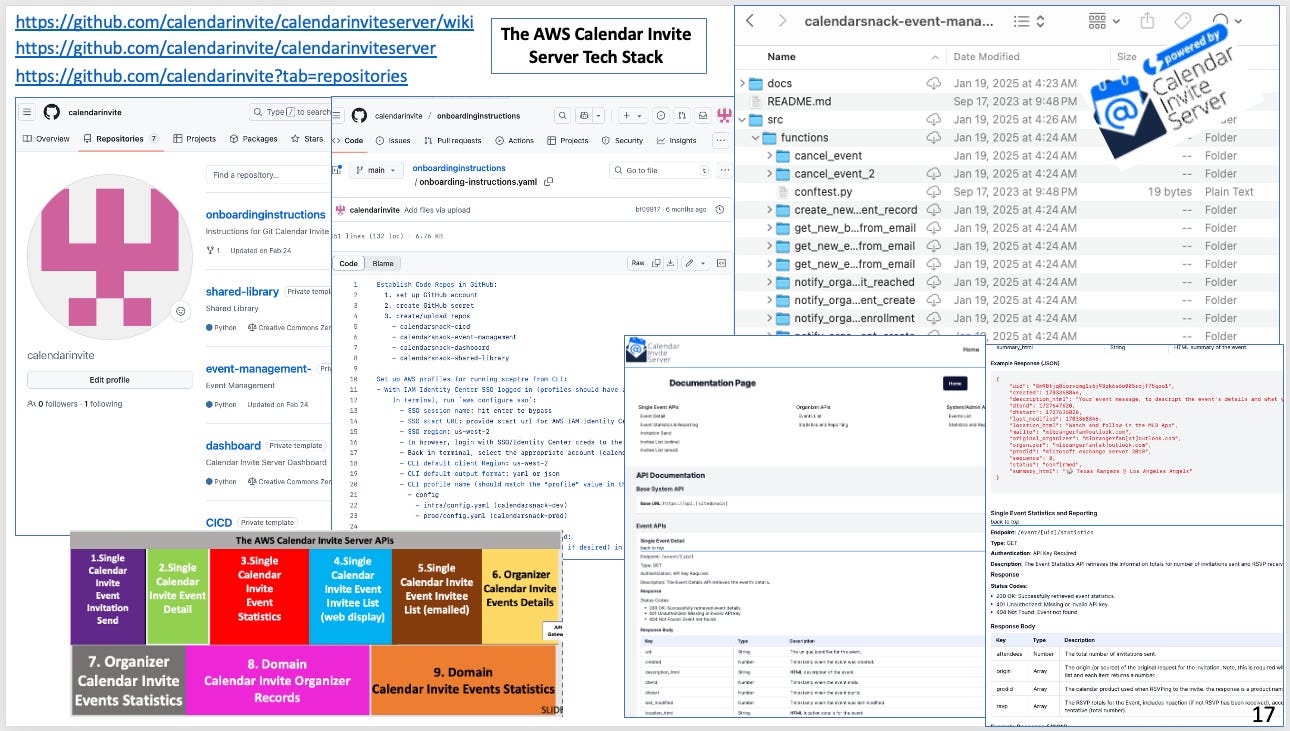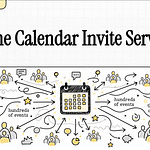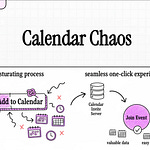Introduction: Calendar Invite Server Acquisition
This document outlines the Calendar Invite Server (CIS), a technology designed to modernize calendar invite management by replacing traditional "Add to Calendar" buttons with a more dynamic and trackable system. The core functionality revolves around a RESTful Endpoint API that enables the sending, updating, and canceling of calendar invites across various platforms, including email templates, websites, and applications. The source highlights the CIS's ability to provide real-time updates and gather receipt confirmations, which are crucial for organizers to track attendance and engagement.
Furthermore, the document explores the strategic value and potential acquisition by five central scheduling and marketing companies: Calendly, Microsoft, HubSpot, Chili Piper, and Motion/Reclaim, detailing how the CIS would enhance their offerings and generate revenue. Each potential buyer's section analyzes the strategic fit, monetization levers, and projected 24-month payback from integrating the Calendar Invite Server.
1. What is the fundamental problem with the "Add to Calendar" button as it's currently used in emails and on websites?
The "Add to Calendar" button, as commonly implemented, is essentially a failure for both organizers and customers. For customers, it often leads to a confusing experience due to the presence of multiple "Add to Calendar Vendors, resulting in errors during download, saving, or requiring a login to the native calendar application. For organizers, the primary concerns are a lack of visibility into whether the customer has actually added the event to their calendar, an inability to send real-time updates (such as changes in time, date, or promotional offers) to the customer's calendar, and a complete absence of data collection regarding customer intent. This leads organizers to send excessive reminder emails, even when the event might already be on the customer's calendar, creating an inefficient and frustrating communication loop.
2. How does the Calendar Invite API address the shortcomings of the "Add to Calendar" button?
The Calendar Invite API is presented as the "hero" because it offers a modern, robust solution that sends, tracks, updates, and cancels calendar invites on a per-event basis. Unlike the "Add to Calendar" button, this API enables organizers to determine whether a customer has accepted, declined, or tentatively accepted an invitation by collecting calendar receipts. It also allows organizers to push real-time updates directly to the customer's calendar, ensuring attendees always have the latest information. Furthermore, the API facilitates the collection of granulated event information analytics (Y, N, M for Yes, No, Maybe, or no action), providing valuable data on customer intent and engagement.
3. What are the primary ways an organizer can utilize the Calendar Invite API to send and manage invitations?
The Calendar Invite API offers three primary methods for sending, tracking, updating, or canceling calendar invites:
Email Templates with Embedded Calendar Invite API: This is the most popular method, where a Call-to-Action button embedded within email templates (e.g., Mailchimp, SendGrid, Klaviyo, HubSpot) triggers the sending and tracking of the calendar invite upon click.
Websites with Embedded Calendar Invite API: Organizers can integrate the API into their websites, allowing customers to enter their email address and receive a calendar invite for a specific event by clicking a button. An example provided is an advanced schedule for the NFL.
Inside Applications with an Event Picker Graphical User Interface: This method enables organizers to select events and attach them to specific email lists within an application, then send out calendar invitations.
In all scenarios, the Calendar Invite End Point API is called, matching the event's unique ID (UID) to the email, assembling the invite, and sending it.
4. Explain the "TIC-Arc Grid" model and its three human phases and three communication levers.
The "TIC-Arc Grid" model is a framework designed to streamline event communication, powered by the Calendar Invite Server (CIS). It combines three human phases with three communication levers:
TIC (Communication Levers):
Time: Refers to the evolving truth of the event, encompassing before, during, and after stages.
Intent: Represents signals of interest from the customer, such as opt-ins, views, clicks, and poll votes.
Commitment: Denotes the decisions and actions taken by the customer, including RSVPs, attendance, and taking next steps.
Arc (Human Phases):
Anticipation (before): The period leading up to the event, where the agenda evolves and initial signals of intent and commitment are gathered.
Experience (during): The actual event duration, where live updates and real-time interactions occur, capturing further intent and commitment.
Memory (after → next): The post-event phase, focusing on recap, follow-ups, and transitioning to future engagements, turning "after" into a "new before."
The core idea is that the calendar invite acts as a binding element, ensuring that updates are consistently delivered and relevance is maintained for invitees throughout the event lifecycle.
5. How does the Calendar Invite Server (CIS) help in capturing signals and fostering thread continuity throughout the event lifecycle?
The Calendar Invite Server (CIS) plays a crucial role in capturing various signals and maintaining thread continuity across the event's lifecycle:
Capturing Signals: CIS tracks micro-signals (opt-ins, add-to-calendar, and first "Maybe" RSVPs) and macro-signals (Yes RSVPs and armed reminders) during the anticipation phase. During the experience, it logs live curiosity signals, such as poll votes, link taps, and "show me more" requests. Post-event, it captures interest signals such as replay opens, saves, and shares.
Thread Continuity: CIS ensures the event thread remains alive and relevant. For example, during the experience, it can push in-invite highlights and log micro-interactions. For memory, it keeps the invite as the "memory anchor," attaching recordings or slides. Critically, it enables "after" to become "before" by morphing existing threads or spawning linked invites, facilitating enrollment in series, purchases, or registration for subsequent events without requiring a change of channel. This means the communication with an invitee can seamlessly continue from one event to the next.
6. What key performance indicators (KPIs) can organizers track across the different phases of the event using the Calendar Invite Server?
The Calendar Invite Server (CIS) allows organizers to track comprehensive KPIs across all phases of an event:
Anticipation:Invite → RSVP Yes %, Maybe %, No %
Update delivery success %
Reminder reach %
Experience: Join/attendance rate
Median watch/attend time
In-event Call-to-Action (CTA) click-through rate (CTR)
Immediate next-RSVPs
Memory: Replay/recording opens
Asset downloads
Next-event conversions
"After → new before" rate
These KPIs provide valuable insights into attendee engagement and the overall effectiveness of event communication, also translating into financial metrics like incremental revenue from attendance, cost savings from reduced email volume and list churn, and compounding value from series enrollment and increased lifetime value.
7. Describe some "Quick-Start Playbooks" that demonstrate practical applications of the Calendar Invite Server.
The source outlines several "Quick-Start Playbooks" for effectively using the Calendar Invite Server (CIS):
A. Invite-First Launch: Directly replaces the "Add to Calendar" button with a "Send the Invite" button, pre-scheduling updates (e.g., agenda, speaker) and a live highlight.
B. Series Ladder: Designed for recurring events, where every invite includes a one-click RSVP to the next event in the series, effectively turning "Memory" into a "New Before."
C. Live Nudge: For attendees who haven't joined an event at a specific time (e.g., T+5), CIS can push a relevant quote or photo directly to their invite to encourage latecomers to join.
D. Clean Exit: Honors a "No" RSVP instantly, removing the invitee from further communications to boost relevance and deliverability, and reduce list churn.
E. VIP Morphs: Allows organizers to transform an existing event slot (like a booth slot) into a pop-up "treat" moment, delivering a new experience within the same communication thread.
These playbooks demonstrate how CIS can be strategically leveraged to manage various aspects of event communication, from initial invitations to ongoing engagement and follow-up.
8. What is the overarching message or core design principle behind the Calendar Invite Server (CIS) approach to event communication?
The core message behind the Calendar Invite Server (CIS) approach is to "Design the arc. Read the signals. Earn the commitment." This emphasizes a strategic, proactive, and responsive method of event communication. CIS makes "calendar-first" communication usable and scalable, enabling organizers to reach audiences of any size with less friction. By binding updates to the event object, it ensures that "truth can’t get lost" and that only relevant information reaches invitees. This approach prioritizes clear communication, data-driven insights into attendee intent, and a continuous engagement loop, ultimately leading to greater commitment and a more effective event experience for everyone involved.



